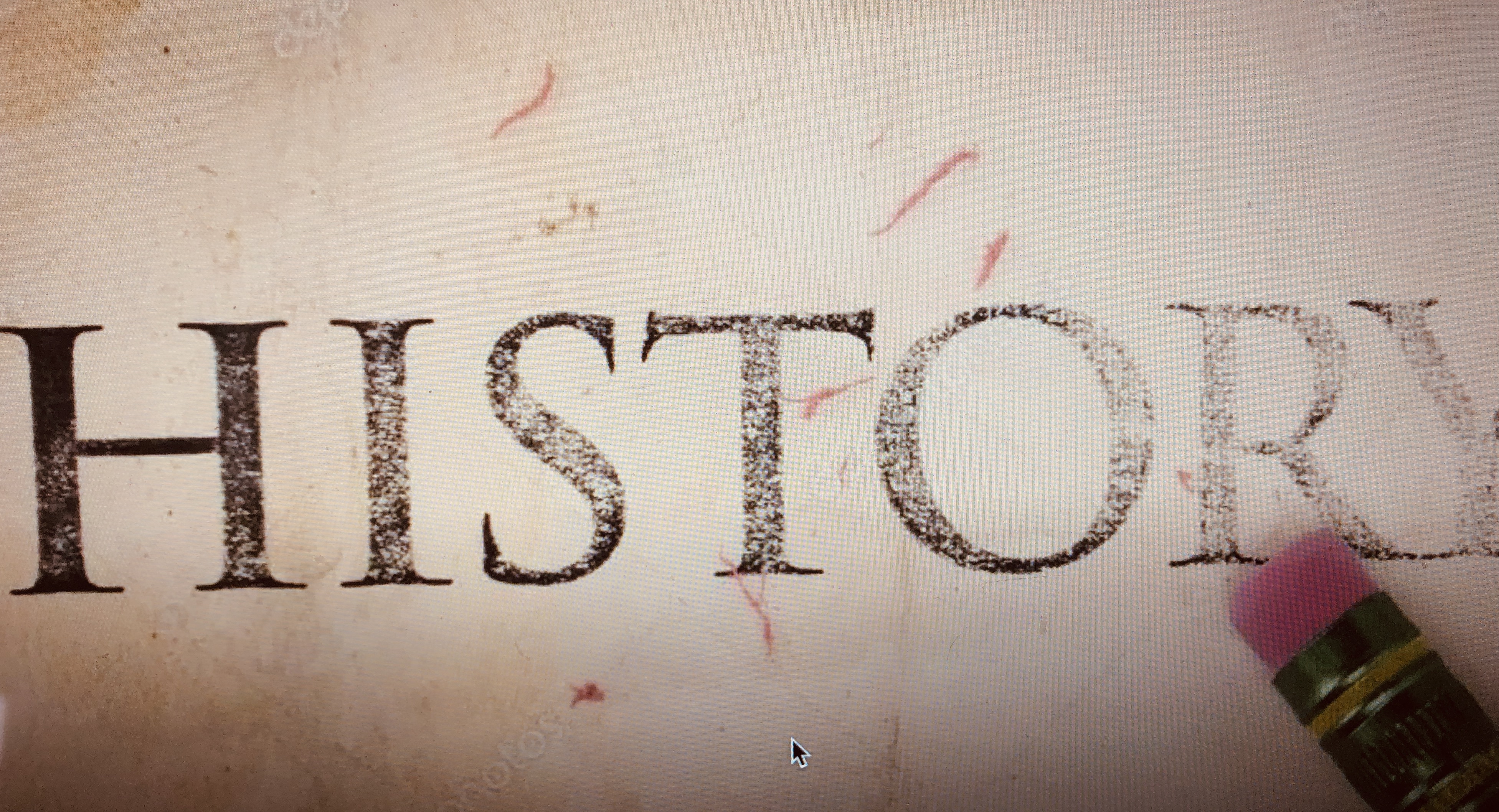I was listening to the local NPR station the other day. First there was a story about NYC suing bus companies which have been ferrying immigrants from Texas to the city. I wondered about the wisdom of that suit. Are the bus companies at fault? Clearly, the city is desperate to get a handle on the immigration “crisis”? Note: I am putting quotes around crisis because I am skeptical about the word in this context. It has been called a crisis for decades.
Following that story there was another report on a bill proposed by two lawmakers in New York State to appoint a commission to study the continued loss of population by the state. The latest census figures showed New York as one of the biggest losers of population in the country. This is a concern on many levels – mostly for the state’s economy and future vibrancy.
Does anyone else see an irony in airing these stories back-to-back?
Maybe immigrants could address the problem of the population loss? Maybe they could invigorate communities that are struggling?
I am not naïve. I understand that uncontrolled immigration is problematic. I believe that there are security concerns posed by folks streaming in through unregulated borders. We need to be able to have an organized process for admitting people into the country – so they are registered and authorized to work, drive, pay taxes, etc. I also understand that some of the people arriving come without resources or education and therefore have real needs. They may not be in a position to the hit the ground running, so to speak, and be immediately contributing members of our society. By the same token, we have many demands as a society: for elder care, child care, agricultural workers, etc., etc., which immigrants may be able to fill. I am not talking about taking advantage of those immigrants – I am talking about meaningful employment that allows them to establish lives and plant roots.
It seems to me that some creative problem-solving could address this challenge if we stripped away the fear-mongering and xenophobia. [And if we demanded that the ultra-rich paid their fair share of taxes.]
That’s just one of many perplexing conundrums I have been noticing.
The resignation of Claudine Gay as president of Harvard is another puzzle. Some folks believe she should have resigned after her miserable performance at the congressional hearing where she was asked about antisemitism on campus. Whether she was over-prepped by lawyers or genuinely unable to acknowledge the need to offer protection to Jewish students due to her own bias, she was certainly tone-deaf. Then the revelations about plagiarism came out. Depending on what you read, those instances are either minor oversights or significant breaches of standards of scholarship.
According to Gay’s statement, it sounds like she believes she has been subjected to a relentless racist campaign that resulted in the need for her to step down. From her perspective, resigning was about putting an end to the harassment and allowing Harvard to move forward, rather than admitting to any substantive wrongdoing.
I am frustrated by this. I want there to be clarity. Her resignation should either be an appropriate result of her academic impropriety or her inability to successfully manage the institution, or both, but not because she was unjustly run out of town. I don’t doubt she has been subjected to racist vitriol – those ugly voices are very loud. But, I want an objective assessment of her scholarship. I want to better understand how she responded to the complaints of Jewish students who felt unsafe. Is it even possible in this day and age to assess these things impartially. Whose judgement can we trust?
I believe that higher ed needs diverse representation. I believe in the goals of DEI (diversity, equity, and inclusion). How those programs are implemented is where the challenge lies. I believe there are deserving candidates – persons of color and individuals from historically marginalized communities – who are qualified to be university presidents. It feels like we are in an impossible position. Can someone who is white be appointed without everyone complaining about ‘privilege’? Can someone who is Black be appointed without arousing suspicion about their qualifications? There is no trust – and therein lies the conundrum. How do we rebuild it – if it ever existed to begin with? There are so many voices of cynicism that they can drown out the hope if we let them.
That lack of trust is the common thread between these two scenarios. We don’t trust our institutions and we don’t trust ‘others,’ people not of our tribe. That has to change.
I have written this many times before, here it is again: I will hold on to hope that we can find creative solutions to these conundrums and that we can find a way to trust our institutions (not blindly, but with proper checks and balances). We must find common ground and let go of prejudice. We have to find a way to build a foundation of trust. I will be listening for voices who can lead us in that direction.






